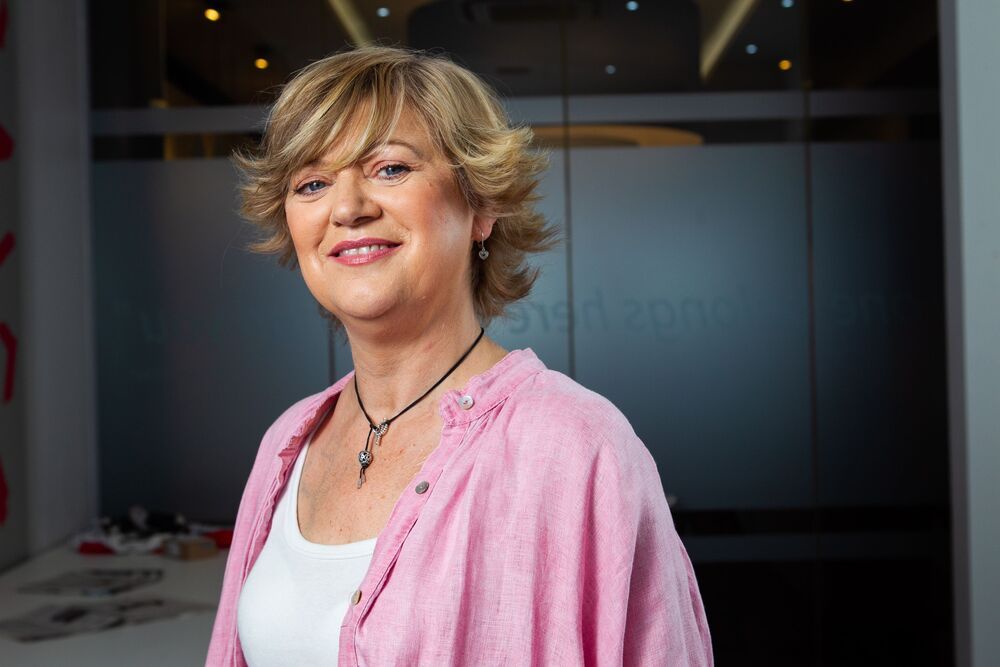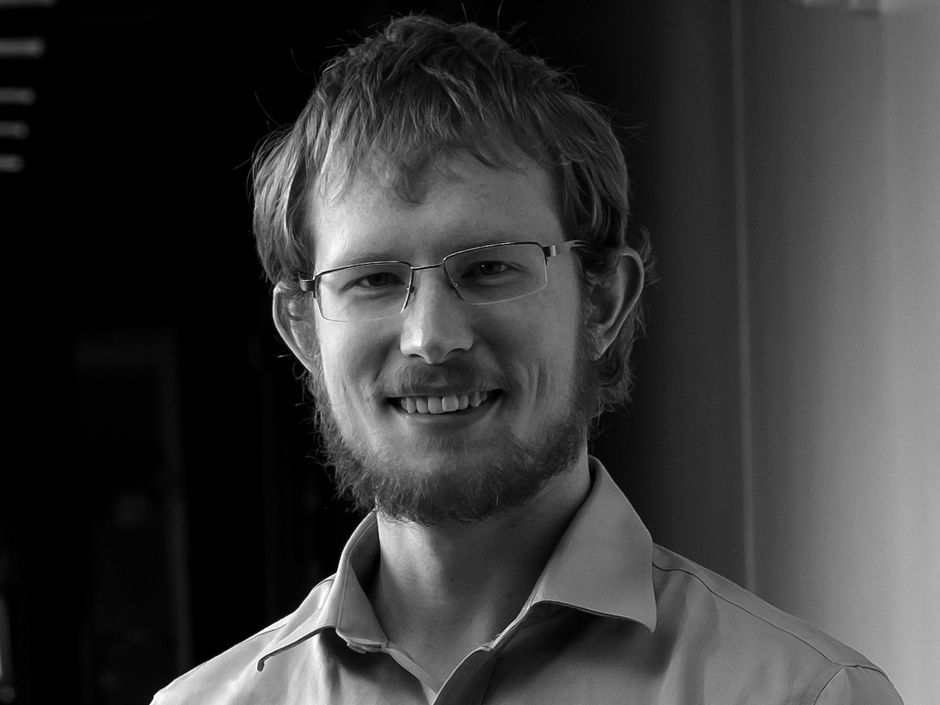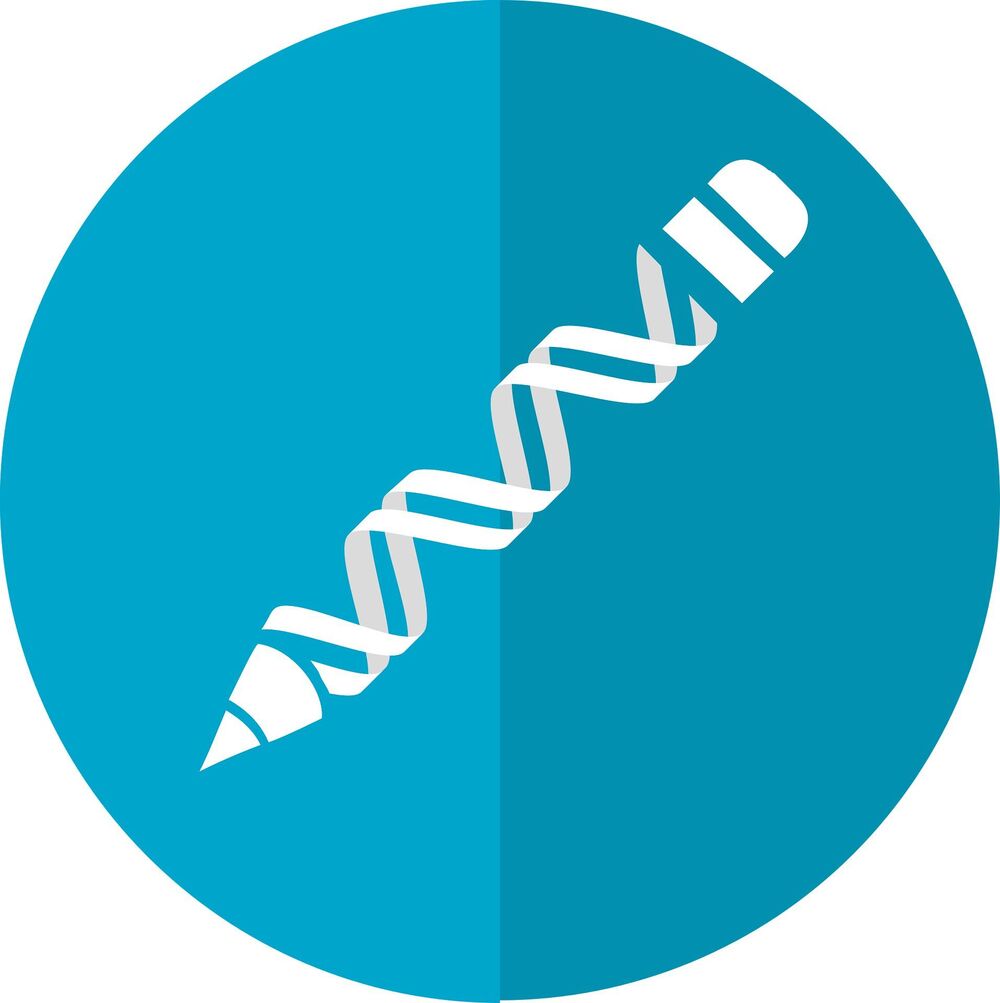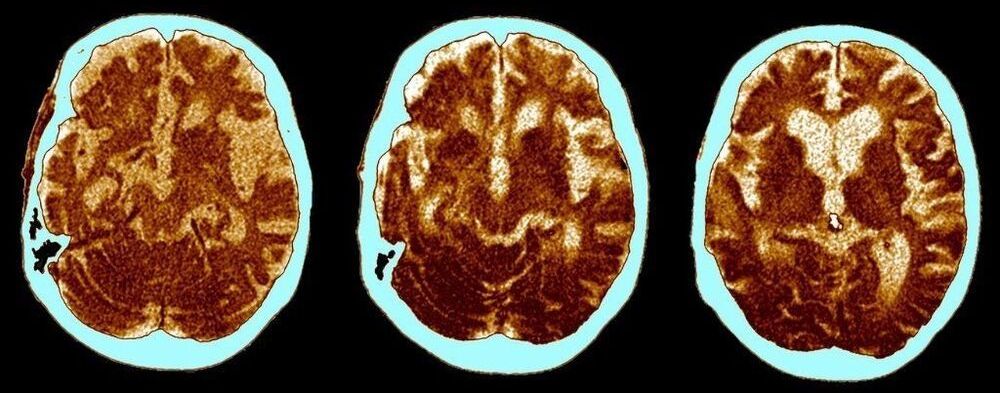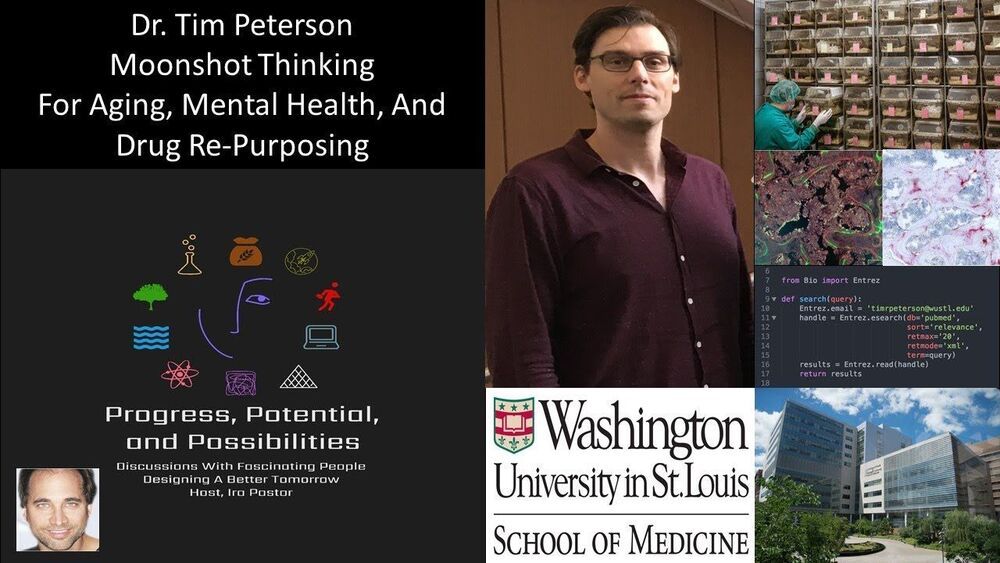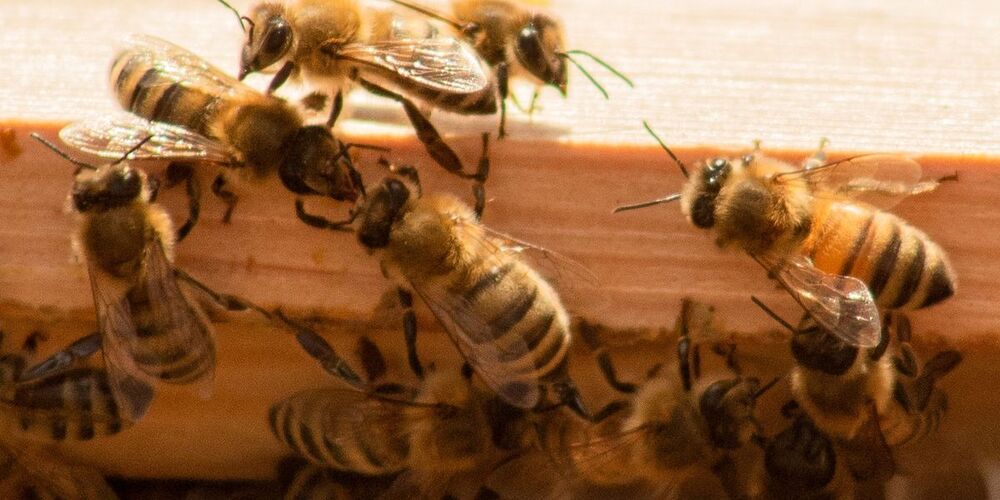One of the first people in the UK to have a double hand transplant has said her progress has been “phenomenal”, as she continues to pick up new skills two years on.
Cor Hutton, from Lochwinnoch in Renfrewshire, was the first patient in Scotland and the third in the UK to successfully have the procedure, having had her hands and feet amputated in 2013 after suffering acute pneumonia and sepsis which nearly killed her.
On the second anniversary of coming round from the 12-hour operation on January 9 2019, Ms Hutton paid tribute to the donor and the medical team as she said she is “very lucky”.
